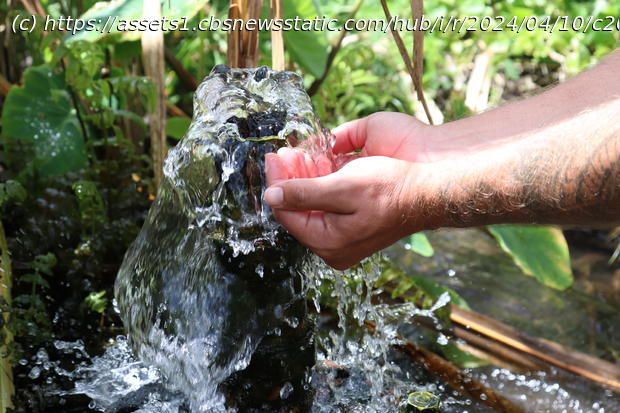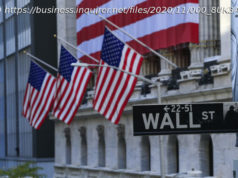▶ Watch Video: Trouble in the Water: Hawaii’s Climate Crisis In Hawaii, one of the most important.
In Hawaii, one of the most important sayings is ola i ka wai, “water is life” — a phrase that not only sums up what it means to exist on an island, but what it means to live, period. But now, one of the largest of the island chain’s land masses is facing a triple threat to its sole freshwater source, and if it isn’t addressed soon, one community member says, “we’re in deep trouble.”
Despite being surrounded by seemingly endless ocean, freshwater on Oahu, the third-largest of Hawaii’s six major islands, is not easily accessible. The island relies on an underground aquifer for its water supply. Replenishing that aquifer is a decades-long natural process, as it takes a single drop of water roughly 25 years to make it there from the sky.
And recent years have seen compounding problems: less rain, leading to significant droughts, and repeated jet fuel leaks and PFAS chemical spills contaminating water systems. All of this significantly limits available water use for locals, many of whom say tourism is only worsening the situation. Just months ago, the world’s largest surfing wave pool opened up on the island — filled with freshwater.
“They’re not using it to drink or to support life, they’re using it to make money. They’re commodifying it,” said Healani Sonoda-Pale, who is Native Hawaiian and a member of advocacy group O’ahu Water Protectors. “… We are on the verge of a greater catastrophe.”
“We are in a water crisis, that has to be made very clear,” Wayne Tanaka, director of Sierra Club of Hawai’i, told CBS News, saying that if the reasons for this crisis aren’t soon addressed, “We may come to a point where we have to decide … who gets water and who doesn’t.”
On an island, rain is essential.
Statewide, rainfall averages range widely, from just 8 inches to around 400 inches a year, Thomas Giambelluca, director of the University of Hawaii at Mānoa Water Resources Research Center, told CBS News. There is a massive difference just minutes apart. Some areas are extremely dry, while others have the wettest climate in the U.S.
At the university campus where CBS News spoke with Giambelluca, the average yearly rainfall is about 60 inches a year, while nearby Waikiki, two miles away, gets 20 inches.
Water supplies depend on that rainfall, with drier areas having a smaller supply. But those drier areas also face higher demand, as they are where tourists flock and many locals reside.
Home
United States
USA — Events Hawaii "on the verge of a greater catastrophe" as water crisis continues...






